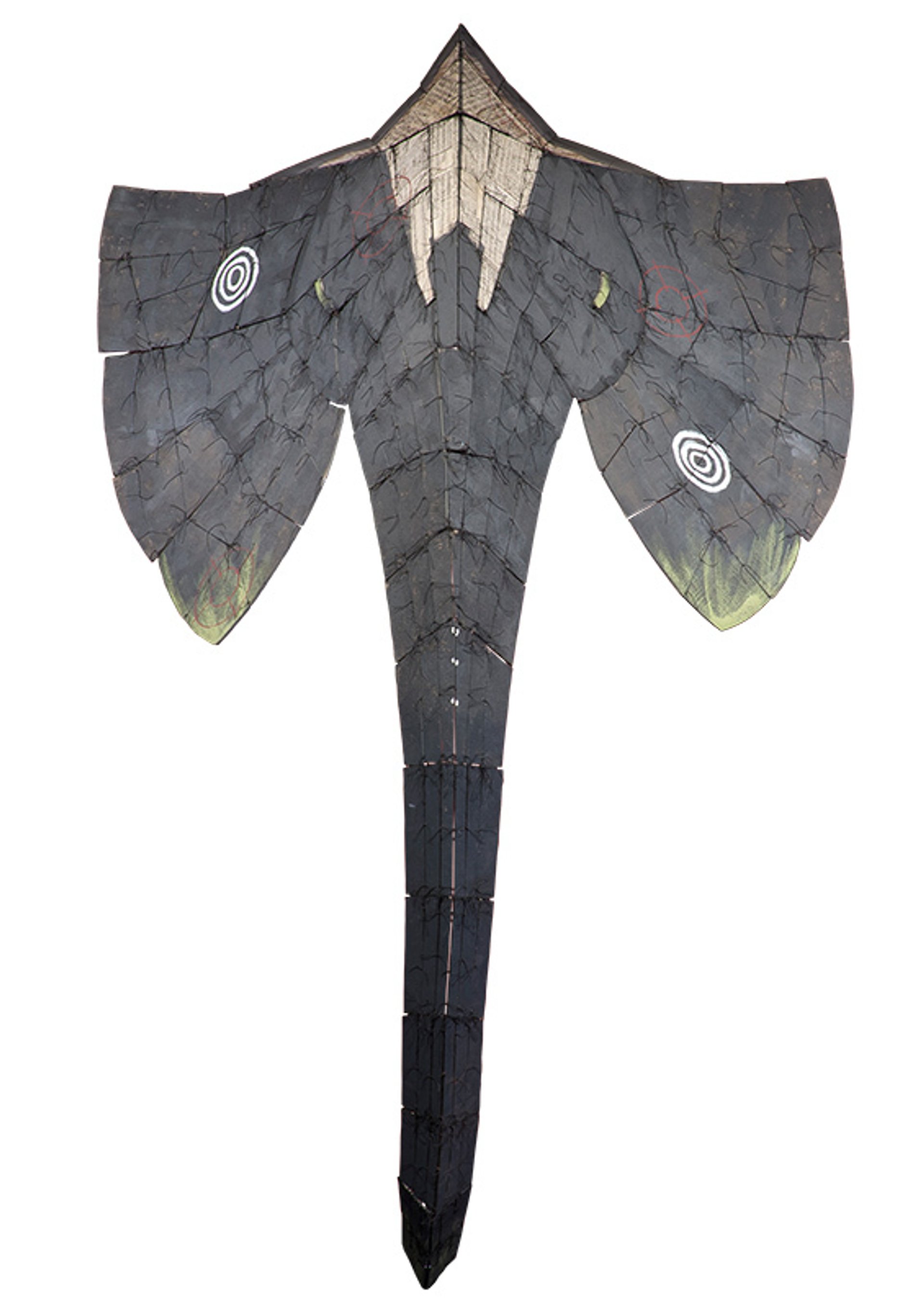The San Diego, California-based artist Wendy Maruyama is bringing attention to the plight of elephants and other animals slaughtered for their tusks with her recent work, the wildLIFE Project, now travelling across the United States. Maruyama was inspired to create the wildLIFE Project after meeting with wildlife advocates—and elephants—on a trip to Kenya.
“I have had a lifelong fascination with wild animals ever since I was a child,” says Maruyama, a professor emeritus of applied design, furniture and woodworking at the San Diego State University, who began making work around 40 years ago that incorporated feminism and craft. “My first work related to wildlife was in homage to Ben, the last living Tasmanian Tiger http://wendymaruyama.com/artwork/173482-You-don-t-know-what-you-ve-got-til-its-gone.html—these animals were hunted with no justification whatsoever. By the time they put a ban on hunting these creatures, they were already on the brink of extinction and it was too late.”
The wildLIFE Project began during Maruyama’s residency at the Pilchuck Glass School in Stanwood, Washington in May 2013, where she made the blown glass tusks that lie in a wood and glass reliquary case in the work Sarcophagus (2015). The project also features six life-sized elephant heads made of painted wood segments that resemble hunting “trophy” heads.

During the residency, Maruyama “started to conceive of how to make the elephants, initially experimenting with pieces of bark stitched together”, explains Diane Wright, a curator at the Chrysler Museum of Art in Norfolk, Virginia, who met Maruyama at that time and brought the show to the Chrysler, where it closed on 15 January. The elephant heads include a portrait of Satao (2014), a “tusker”—a male elephant whose tusks nearly touch the ground—whom Maruyama met in Kenya, and who was killed by poachers in May 2014, before Maruyama finished making the series.
The show also includes Cenotaph (2015), an empty tomb, with a video memorialising slain wildlife, as well as a Buddhist-style Bell Shrine (2015), complete with incense and a bronze bell. The artist says that “as a deaf person, I don’t often consider sound in my work but the sound of a bronze bell ringing signifies the death of an elephant—it rings every 15 minutes, which is when an elephant is killed for its tusks”. This is a statistic the artist hopes will change when China’s ivory trade ban, announced in December 2016, comes into effect by the end of this year.
“I might add, that the Bell Shrine was all made of wood that was salvaged from a defunct rifle factory—all the wood was shaped like rifle gunstock—and it felt great to cut those things apart and make the pieces work for my shrine,” Maruyama says.
The exhibition, first organised by Elizabeth Kozlowski in 2015 when she was a curator at the Houston Center for Contemporary Craft in Texas, has made stops in Philadelphia and North Carolina before its recent leg at the Chrysler Museum. It is due to go on show in San Francisco at the San Francisco Museum of Craft and Design this month (11 February-4 June 2017), and then travels to the Oceanside Museum of Art in Oceanside, California (7 October-11 February 2018). It may travel to additional venues afterwards.




